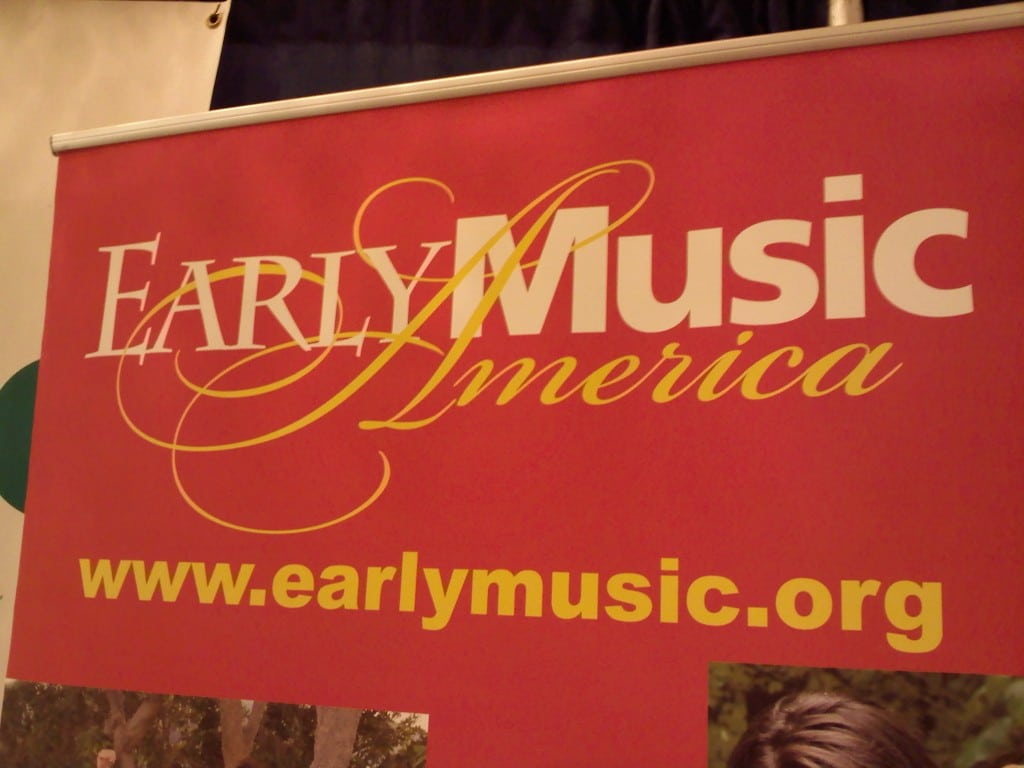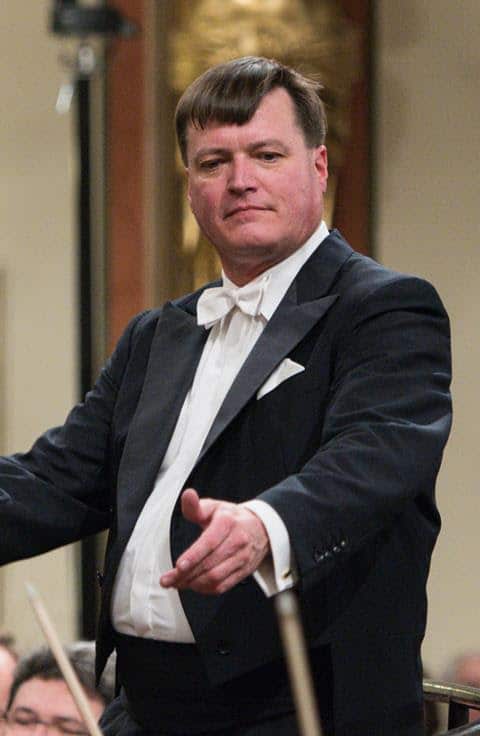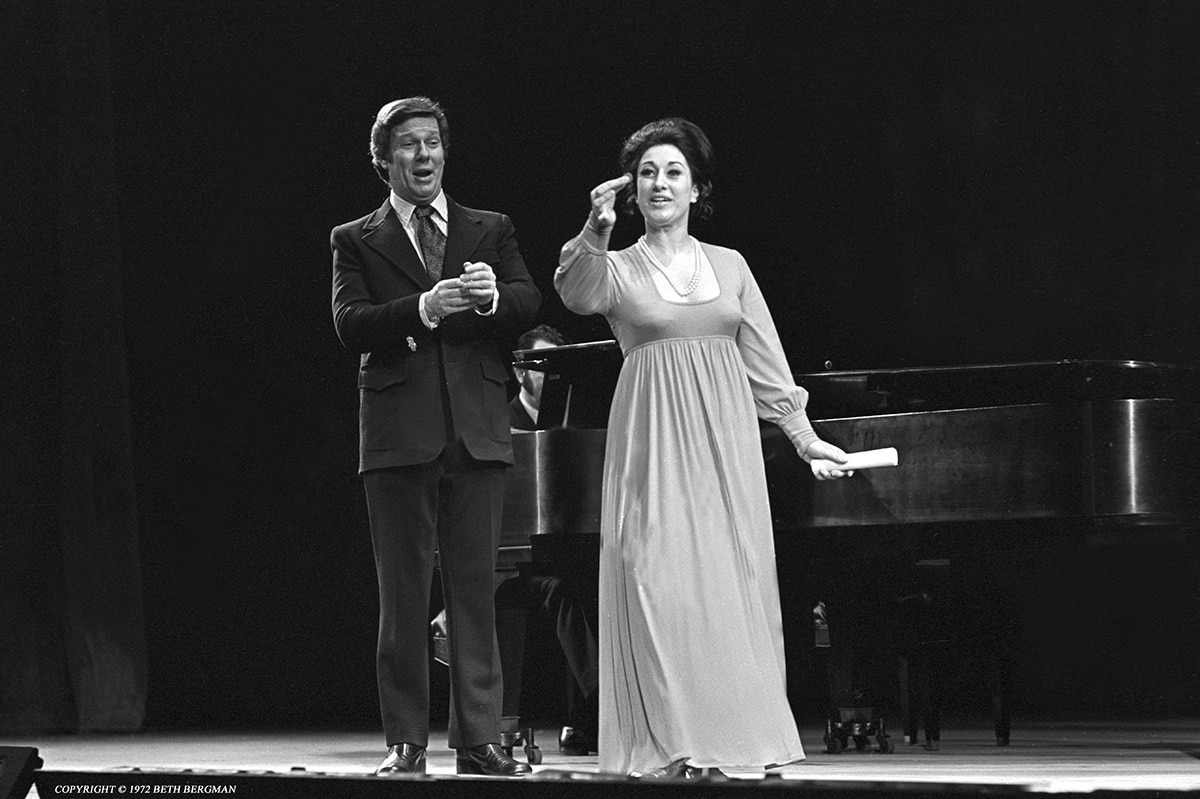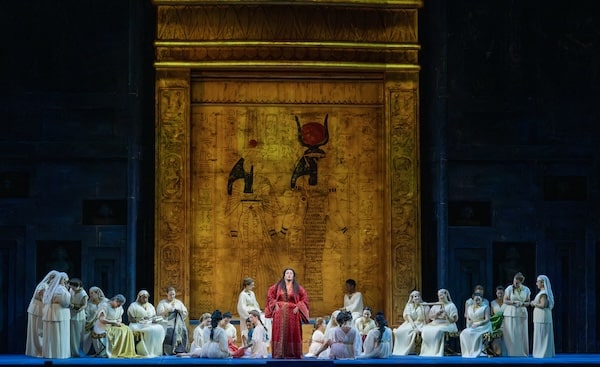Exclusive: Early Music America cuts back
mainThe quarterly magazine has been reduced to three issues a year. CD reviews editor Tom Moore has been laid off.
Subscriptions are said to be markedly down and the board has ordered immediate economies.
Donald Rosenberg was brought in as editor in April 2014 in the hope of boosting circulation. A former critic on the Cleveland Plain Dealer, Rosenberg shrank review coverage and beefed up the news side with such headlines as Battle of the Early Bands. But decline has continued and the board was forced to act fast.






It’s very much a membership publication and because of that, it’s kind of a snooze for non-members – the folks who could boost circulation. I wonder if EMA membership is down as well? I was the founding CD reviews editor and a features writer for the publication at a time when it had more appeal for the wider early music community – actually competing with the lamented Goldberg Early Music magazine. Reviews and features on the international early music scene were the norm. As the focus became more American-centric – it is Early Music America after all – it became a less interesting read. I suspect an early music fan who attends concerts and buys CDs from international artists might be less interested in a self-produced sackbut album by an American artist than the latest Concerto Italiano disc. Alas, there’s no print early music coverage with EMag on the skids, Goldberg and Gramophone Early Music magazines long defunct.
We have received the following comment:
Please note that the board of EMA has not made any final decision on the future of the magazine.
With best wishes,
Ann
Ann Felter
Executive Director
Early Music America
801 Vinial Street, Suite 300
Pittsburgh, PA 15212
Living in Europe and following the baroque music field on both continents I can see how stimulating it could be for specialized musicians in the U.S. to be informed of events and trends of thoughts abroad and visa versa. Perhaps it is time for Early Music America to go international? Cross-cultural fertilization was an important element in stimulating artists in former centuries and so it should be today.
Susan Orlando